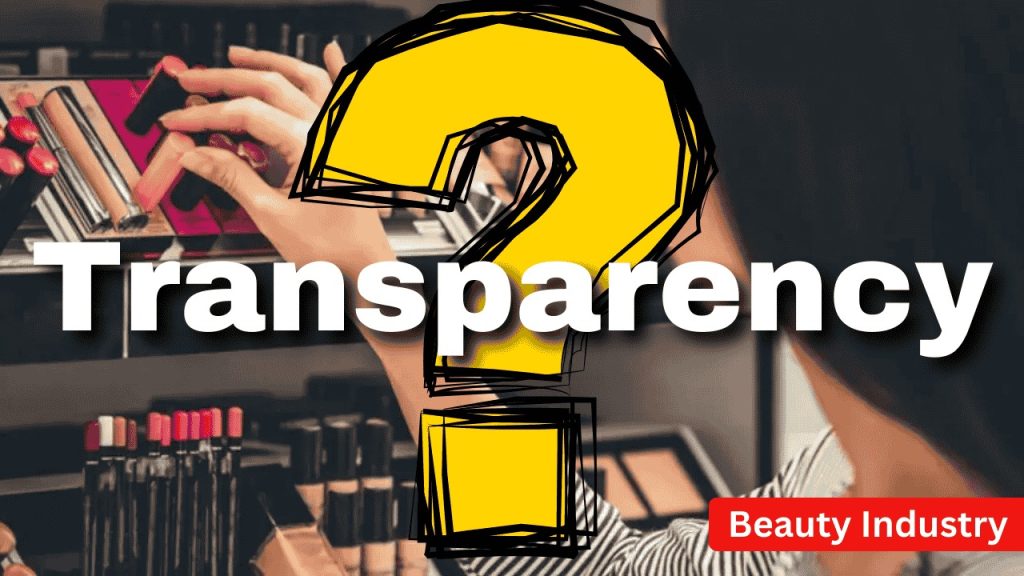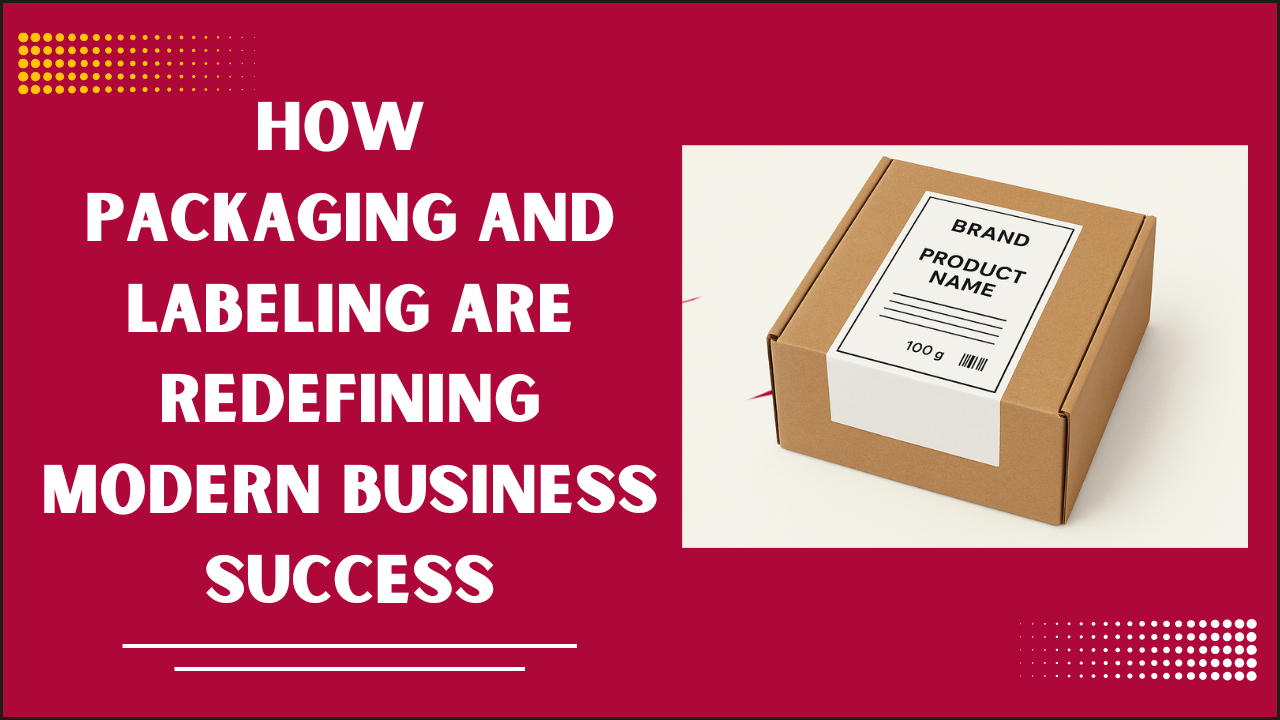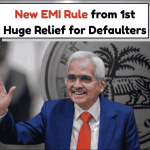
The beauty industry is a multi-billion-dollar market filled with skincare, makeup, and hair care products promising to transform appearances and boost confidence. However, behind the glossy advertisements and stunning packaging lies a significant issue: transparency.
Many brands withhold crucial details about ingredients, sourcing, testing, and manufacturing practices, leaving consumers in the dark about what they are applying to their skin and hair.
What Is Transparency in the Beauty Industry?
Transparency in the beauty industry refers to how openly brands share information about their products, ingredients, sourcing, production processes, and ethical standards. Consumers today demand more than just attractive packaging; they want to know where their beauty products come from, how they are made, and whether they align with their values. There are several key areas where transparency matters:
- Ingredient Lists – Understanding what goes into beauty products helps consumers make safe and informed decisions.
- Sustainability – Many customers prefer brands that use eco-friendly and sustainable practices.
- Animal Testing – Ethical consumers want cruelty-free products.
- Manufacturing Processes – Knowing how and where a product is made can help assess its quality and ethical standards.
The Lack of Transparency in Beauty Products
Despite growing consumer demand, many beauty brands still lack transparency. Some common issues include:
1. Misleading Ingredient Lists
Some brands use vague terms like “fragrance” or “proprietary blend” to hide potentially harmful chemicals. Ingredients such as parabens, sulfates, and artificial dyes may be present but not listed.
2. Greenwashing
Many beauty brands label their products as “natural,” “organic,” or “eco-friendly” without proper certification. Greenwashing misleads consumers into thinking they are purchasing sustainable or healthier products when, in reality, they contain synthetic or harmful ingredients.
3. Animal Testing Secrecy
Some brands claim to be cruelty-free but may outsource testing to third-party companies in countries where animal testing is still required. This makes it difficult for consumers to trust cruelty-free claims without proper certification from organizations like Leaping Bunny or PETA.
4. Hidden Supply Chains
Many companies fail to disclose where they source ingredients or how their workers are treated. Ethical sourcing ensures fair labor practices and environmentally friendly methods, but a lack of transparency raises concerns about exploitation and environmental harm.
Why Transparency Matters
Transparency is crucial in the beauty industry because it affects consumer health, ethical choices, and environmental sustainability.
1. Consumer Health & Safety
Many beauty products contain harmful chemicals like phthalates, formaldehyde, and synthetic fragrances that can cause skin irritation, allergies, and long-term health risks. Transparency in labeling helps people avoid ingredients that could be harmful to their skin and overall well-being.
2. Ethical Consumerism
Consumers are becoming more conscious of their purchases, preferring brands that align with their values. Whether it’s supporting cruelty-free, vegan, or fair-trade products, transparency helps customers make ethical decisions.
3. Environmental Impact
The beauty industry is responsible for significant plastic waste, water pollution, and carbon emissions. Transparent brands disclose their sustainability efforts, such as biodegradable packaging, ethical sourcing, and eco-friendly formulations, allowing consumers to support businesses that prioritize environmental responsibility.
How Consumers Can Identify Transparent Brands
Navigating the beauty industry can be challenging, but there are ways to identify brands that prioritize transparency:
1. Read Ingredient Lists Carefully
Avoid products with vague terms like “fragrance” or “parfum.” Look for brands that fully disclose their ingredients and avoid known harmful chemicals.
2. Look for Certifications
Certifications like USDA Organic, Leaping Bunny, PETA, Fair Trade, and ECOCERT indicate a brand’s commitment to ethical practices. Always check for official seals rather than just taking a brand’s word for it.
3. Check Brand Websites & Reports
Reputable brands provide detailed information about their sourcing, sustainability initiatives, and ethical commitments on their websites. Some also publish transparency reports outlining their efforts.
4. Beware of Greenwashing
If a product claims to be “all-natural” or “eco-friendly,” verify the claims. Research ingredients, check for certifications, and look at third-party reviews.
5. Support Independent Reviews & Research
Websites, blogs, and consumer advocacy groups review beauty brands and their claims. Research before purchasing to ensure the company aligns with your values.
The Future of Transparency in Beauty
The demand for transparency in the beauty industry is growing, pushing brands to be more honest and open. Here are some trends shaping the future:
1. Clearer Ingredient Labeling
Consumers are demanding full disclosure of all ingredients. In response, brands are beginning to use simpler, easy-to-understand labels.
2. More Sustainable Packaging
With growing awareness about plastic waste, brands are adopting eco-friendly packaging solutions like biodegradable materials and refillable containers.
3. Increased Regulation & Accountability
Governments and regulatory bodies are introducing stricter rules to ensure brands accurately disclose product information. Future regulations may require full ingredient transparency and sustainability reporting.
4. Rise of Ethical & Indie Beauty Brands
Smaller, independent brands are setting new standards by prioritizing transparency, ethical sourcing, and sustainability. These brands are gaining popularity as consumers seek more honest options.














This should be mandatory reading before anyone starts a podcast. — pluscomedy.com